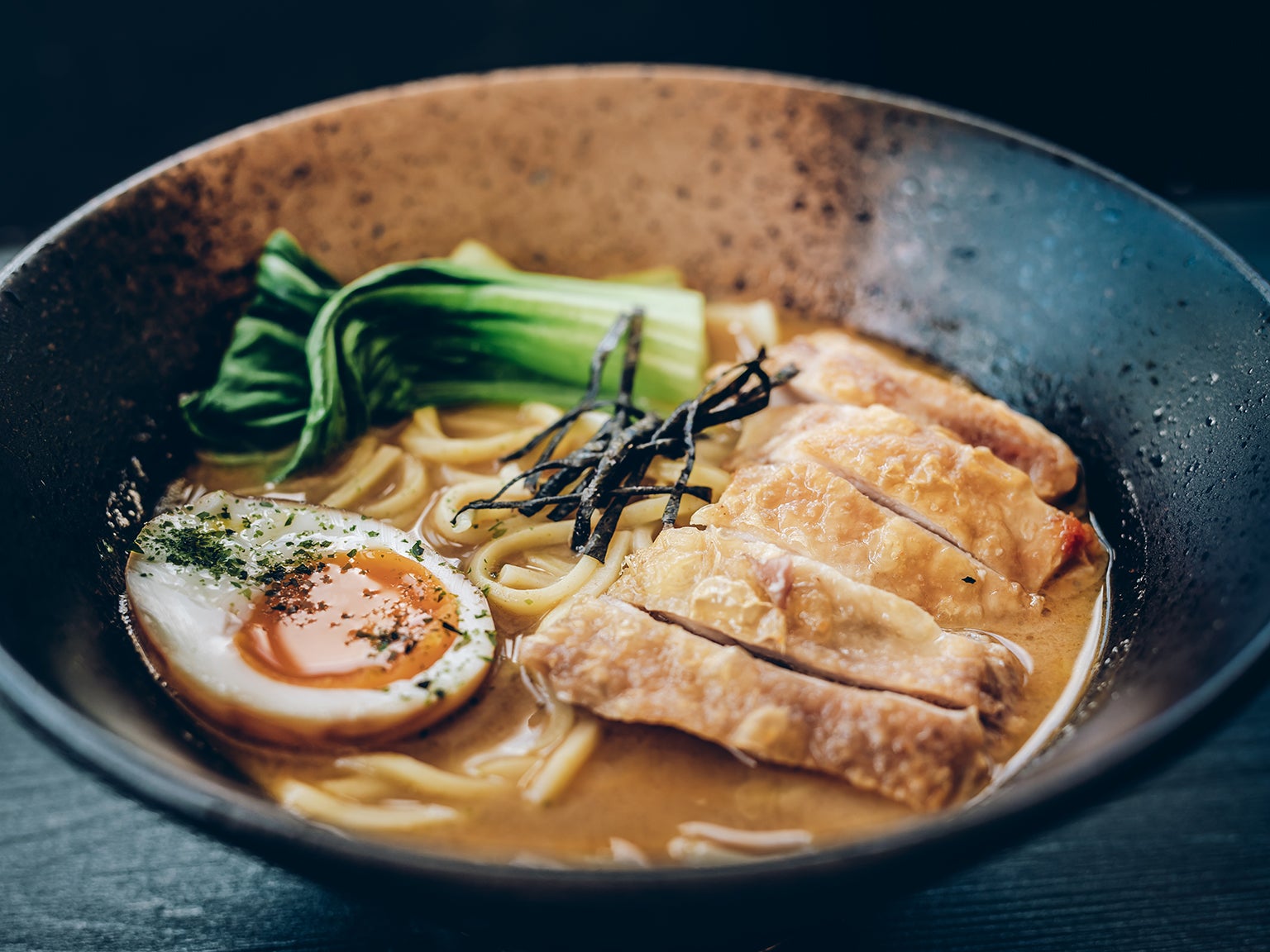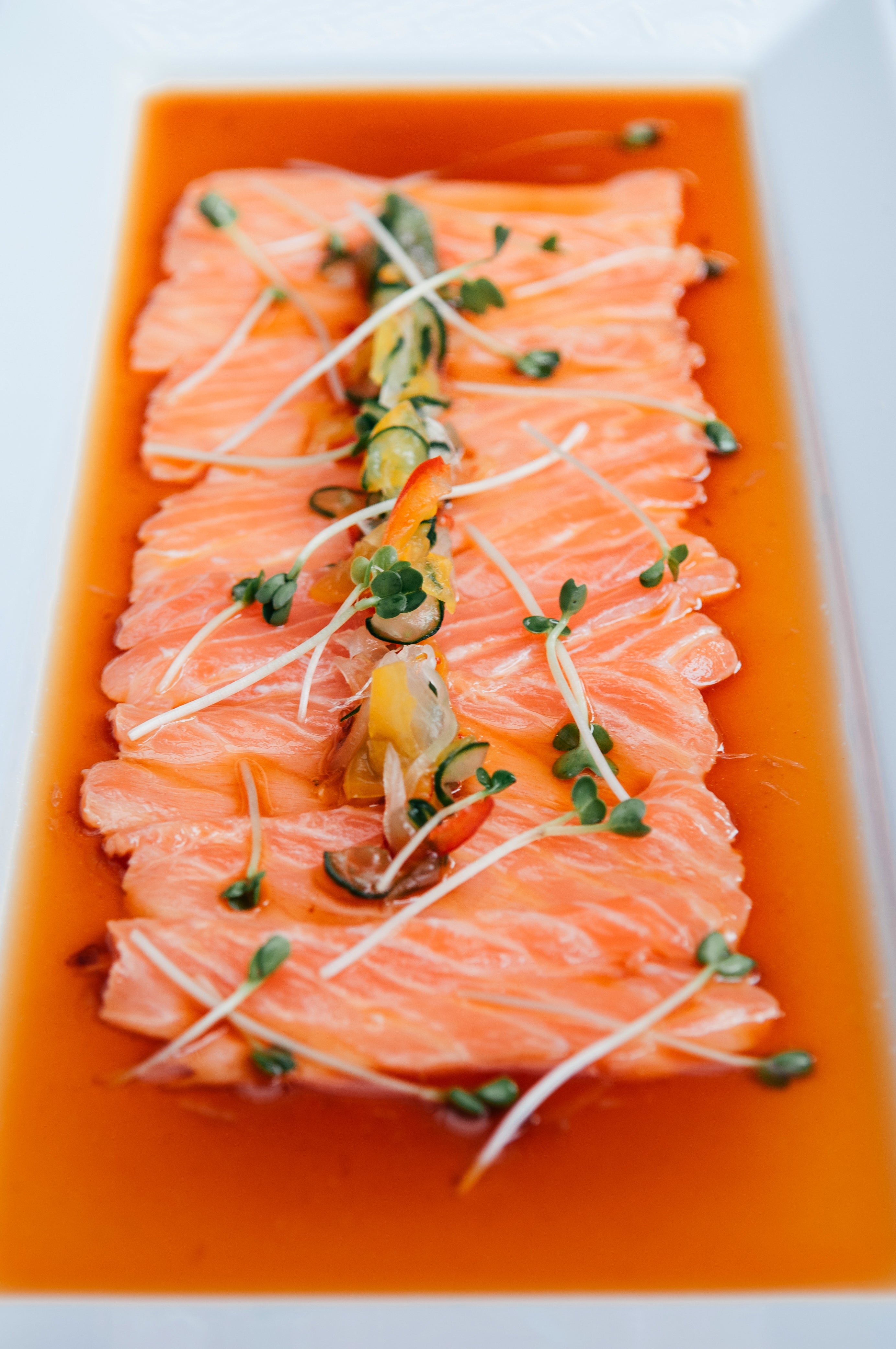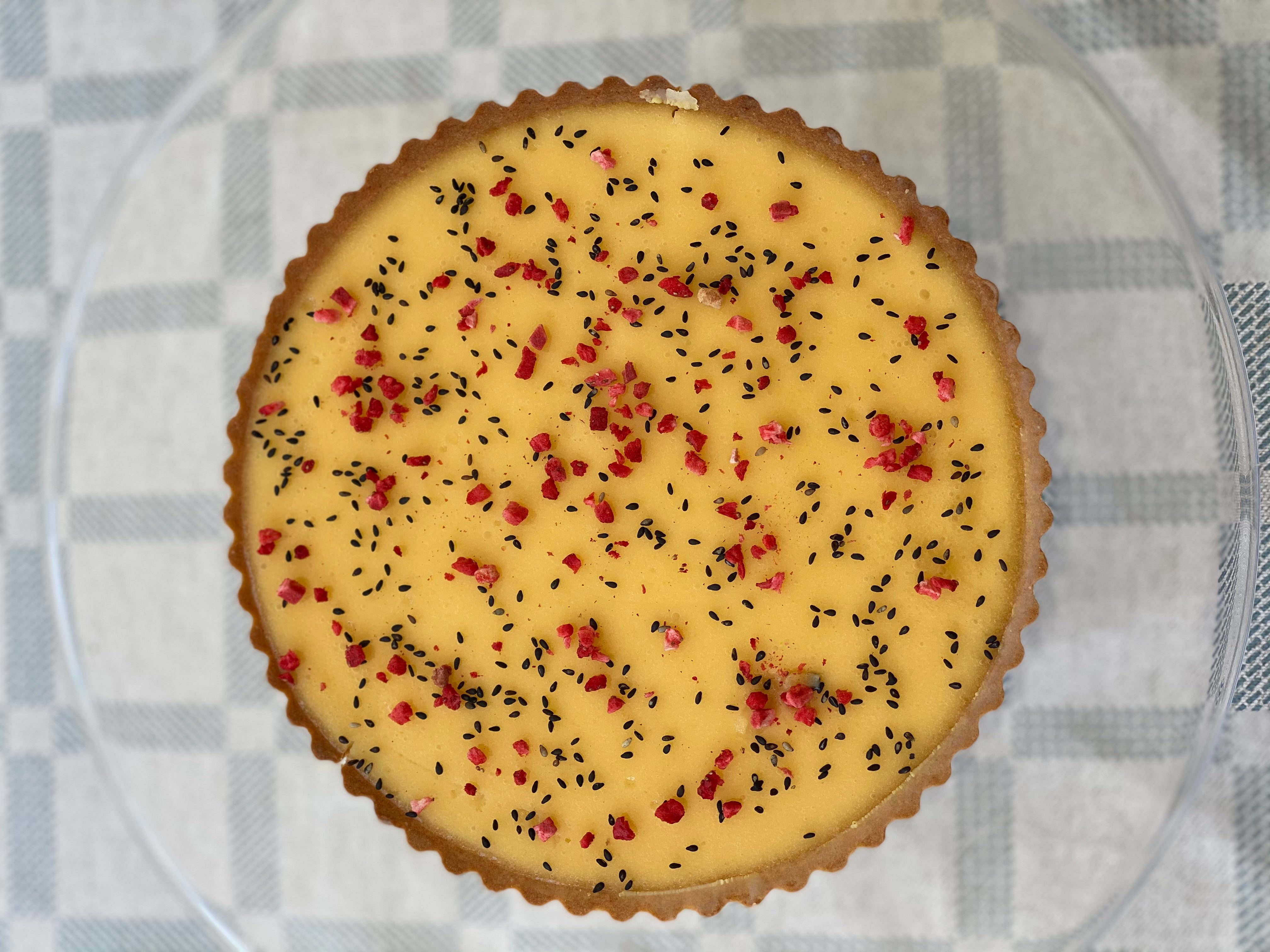The Independent's journalism is supported by our readers. When you purchase through links on our site, we may earn commission.
A Japanese menu to get you in the spirit for the Tokyo 2020 Olympics
No matter which country you’re cheering for, these recipes are sure to win you over, says Keely Doll

Your support helps us to tell the story
From reproductive rights to climate change to Big Tech, The Independent is on the ground when the story is developing. Whether it's investigating the financials of Elon Musk's pro-Trump PAC or producing our latest documentary, 'The A Word', which shines a light on the American women fighting for reproductive rights, we know how important it is to parse out the facts from the messaging.
At such a critical moment in US history, we need reporters on the ground. Your donation allows us to keep sending journalists to speak to both sides of the story.
The Independent is trusted by Americans across the entire political spectrum. And unlike many other quality news outlets, we choose not to lock Americans out of our reporting and analysis with paywalls. We believe quality journalism should be available to everyone, paid for by those who can afford it.
Your support makes all the difference.The Olympics, when they come around, is one of my favourite parts of summer. There’s nothing I love more than hosting viewing parties with my friends and family. But rather than ordering pizza or getting a pint in the pub, why not celebrate the games in style this year by whipping up a feast from the host country?
But if you think you know Japanese cooking, you may need to think again. Contrary to our western notion of the cuisine, fewer than 10 per cent of the restaurants in Japan actually serve sushi.
In a new online cookery course, Andrew Kojima, MasterChef finalist and author of No Sushi (hint hint), is giving us a re-education. From the art of making the perfect gyoza to ramen so good you’ll savour every last drop, Chef Koj will introduce students to Japan’s most must-try dishes.
The course, hosted by Learning with Experts, will equip you with lifelong skills and the confidence to cook with Japanese ingredients solo, as well as how to come up with your own unique spin on staple dishes such as tonkatsu, okonomiyaki and yakitori.
Just in time for the Olympic Games Tokyo 2020, the chef has shared a delicious menu of Japanese dishes, including starter, main, dessert and a drink, perfect for sharing with your guests during the action.
Kombucha negroni

Ingredients
50ml gin
25ml Campari
10ml lemon juice
½ tsp freshly grated ginger
125ml kombucha
Orange/lemon wedges
Method
1. Build over ice
Salmon tataki with ponzu sauce
Ingredients
For the ponzu sauce:
45ml soy sauce
15ml yuzu juice
10ml rice vinegar
15ml mirin
15ml dashi stock
For the salmon and garnish:
250g salmon fillet (skinned)
1 spring onion
½ tsp toasted sesame seeds

Method
Prep the ponzu sauce:
1. Stir all of the ingredients together.
2. You can make this dressing in a sterilised jar as it will keep for several weeks in the fridge.
Prep the salmon:
1. Cut the salmon into fillets 5-7cm wide by 15-20cm long.
Prep the garnishes:
1. Finely slice the spring onions and place in iced water for 15 minutes. Drain well and pat dry.
2. Toast the sesame seeds.
Sear the outer surface salmon using any of these methods:
1. Place the salmon on a baking rack or in a colander and pour scalding hot water over all the raw surfaces; OR,
2. Place the salmon on a baking rack and blowtorch all of the raw surfaces; OR,
3. Sear the salmon for a matter of seconds by contact with a non-stick, oiled frying pan.
To serve:
1. Once the salmon has cooled, carve it into slices about 1cm thick.
2. Arrange the slices on a plate.
3. Drizzle over the ponzu sauce.
4. Top with spring onions and sesame seeds.
5. You can also add a little shichimi togarashi if you like spice.
Chicken curry noodles

Ingredients
For marinated soft boiled eggs:
2 medium free range eggs (at room temperature)
50ml soy sauce
25ml mirin
For soup:
70g medium hot curry roux blocks
700ml water
5g sachet of dashi powder
Vegetable oil, for frying
To finish:
400g udon noodles (or 200g dried udon noodles)
2 chicken thighs (skin on) or 1 chicken breast
1 head of pak choi
Soft boiled eggs as above
Method
Prep the soft boiled eggs:
1. Fill a saucepan with water and bring to the boil.
2. Place the eggs in a basket or sieve and boil for exactly 5 minutes and 45 seconds.
3. Plunge the eggs into running, cold water.
4. Peel the eggs and place them into a freezer bag to marinate with the mirin and soy sauce.
Prep the soup:
1. Bring 700ml of water to the boil in a pot, then reduce to a simmer.
2. Dissolve the dashi powder into the water.
3. Add the curry roux blocks. Stir until the blocks are dissolved, then reduce to a low heat.
To finish:
1. Fry the chicken, skin side down, in a frying pan with some oil (you can add a clove of garlic for extra flavour).
2. When the chicken skin is brown and crispy, flip it over and cook until the meat is cooked through (or you can pop it in the oven, skin side up to finish cooking).
3. Bring a pot of water to the boil and blanche the pak choi for 1-2 minutes. Remove the pak choi from the water and set aside to drain.
4. Add the noodles to the boiling water. Cook according to the instructions but test them while they are cooking. When they are al dente, drain the noodles in a strainer.
5. Place the noodles in a bowl. Add soup to the level of the noodles, then add the garnish: the chicken (sliced), the pak choi (blanched) and the soft boiled egg (sliced in half).
Yuzu tart

Ingredients
180g plain flour
90g caster sugar
90g unsalted butter, diced
3 egg yolks and 1 egg white
For the filling:
4 unwaxed lemons
50ml yuzu juice
150g caster sugar
2 eggs
150g unsalted butter
Method
For the pastry:
1. Put the flour, sugar and a pinch of salt in a food processor and pulse briefly to mix. Add the diced butter and pulse until well combined. With the motor running, add the egg yolks and continue to mix until it comes together into a dough. Remove, shape into a disc, wrap in clingfilm and chill for about an hour, until pliable but not sticky to the touch.
2. Preheat the oven to 190C. Roll out the pastry until about ½cm thick, and use to line a greased 22cm fluted tart tin. Refrigerate until firm, then line with greaseproof paper and baking beans, and blind bake for about 15 minutes until golden, then remove the paper and beans and brush the base with egg white. Put back in the oven for another 8 minutes, then remove and turn off the oven.
For the filling:
1. Finely zest the lemons into a heatproof bowl, add 225g caster sugar and rub together with your fingers. Stir in the eggs, yuzu juice and the juice of 3½ lemons, and then set the bowl over a pan of simmering water, making sure it doesn’t touch the water.
2. Heat, whisking gently but continuously, until it thickens to the texture of lemon curd: this should take about 20 minutes.
3. Remove from the heat, leaving the pan where it is, and allow to cool for 10 minutes, then stir in the butter and process with a blender until smooth. Scoop into the tart case, smooth the top and allow to cool completely.
4. Meanwhile, cut the remaining lemon into thin slices and remove the pips. Soften in the pan of simmering water for 10 minutes.
5. Dissolve the remaining 50g sugar in 50ml water in a wide pan, and bring to the boil. Add the lemon slices and simmer for 10 minutes, then remove with a slotted spoon and arrange on top of the tart. Brush with the remaining syrup, and allow to set before serving.
Recipes from Andrew Kojima. For more information about Andrew’s Japanese Cuisine course, visit the Learning with Experts website
Join our commenting forum
Join thought-provoking conversations, follow other Independent readers and see their replies
Comments